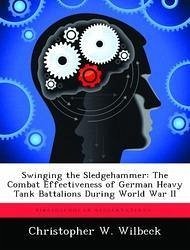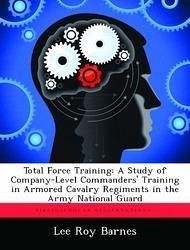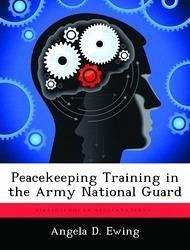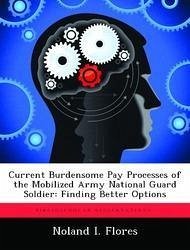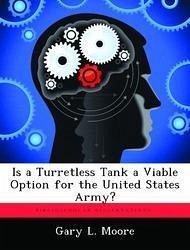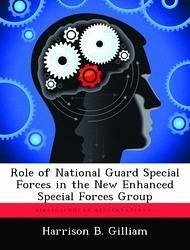![Training a Priorty [Sic] National Guard Tank Battalion: Effectiveness of Training with an Esbn Training a Priorty [Sic] National Guard Tank Battalion: Effectiveness of Training with an Esbn](https://bilder.buecher.de/produkte/36/36727/36727850n.jpg)
Training a Priorty [Sic] National Guard Tank Battalion: Effectiveness of Training with an Esbn
Versandkostenfrei!
Versandfertig in über 4 Wochen
52,99 €
inkl. MwSt.

PAYBACK Punkte
26 °P sammeln!
The National Guard has a more viable role now then ever seen before. Is the National Guard ready for the next call up? Is Active Component / Reserve Component (AC/RC) enhanced Support Battalion (eSBn) concept effective in training a priority National Guard unit for activation? Additionally, how well does the National Guard priority unit compare to a non-priority unit? And furthermore, to an active duty unit? In Aug of 1990, The 48th Infantry Brigade was alerted for possible activation to round out the 24th Infantry Division during the deployment to operation Desert Shield. By November of 1990,...
The National Guard has a more viable role now then ever seen before. Is the National Guard ready for the next call up? Is Active Component / Reserve Component (AC/RC) enhanced Support Battalion (eSBn) concept effective in training a priority National Guard unit for activation? Additionally, how well does the National Guard priority unit compare to a non-priority unit? And furthermore, to an active duty unit? In Aug of 1990, The 48th Infantry Brigade was alerted for possible activation to round out the 24th Infantry Division during the deployment to operation Desert Shield. By November of 1990, the brigade was placed on active duty. Before the 48th Brigade could deploy to southwest Asia (SWA), they first had to complete a Brigade level training exercise at Ft Irwin, California to validate their combat readiness. After almost 90 days of intensive training, the Brigade was not certified for the mission. Based on Desert Shield and Storm, the Senate Armed Services enacted Title XI in 1992. This title states that active headquarters of round-out units would take a vested interest in National Guard priority unit-training programs. In 1996, the enhanced Separate Brigades (eSB) replaced the round out unit concept. The new eSB concept identified fifteen (15) priority combat brigades within the National Guard. As a result of the Gulf War, Currently over 5000 active duty soldiers serve as coaches, trainers, and mentor to Army National Guard and Reserve units. This research identifies three specific areas. First, it addresses training concepts used by the Army and corporate America. These concepts assist in training effectiveness. Second, it compares a non-priority unit, a priority unit, and an active duty unit's gunnery qualification data. Finally, it compares, contrasts, and analyzes active duty and priority units in the Combat Training Center (CTC) environment. The research found that National Guard priority unit performed better then the non-priority unit and was very close




